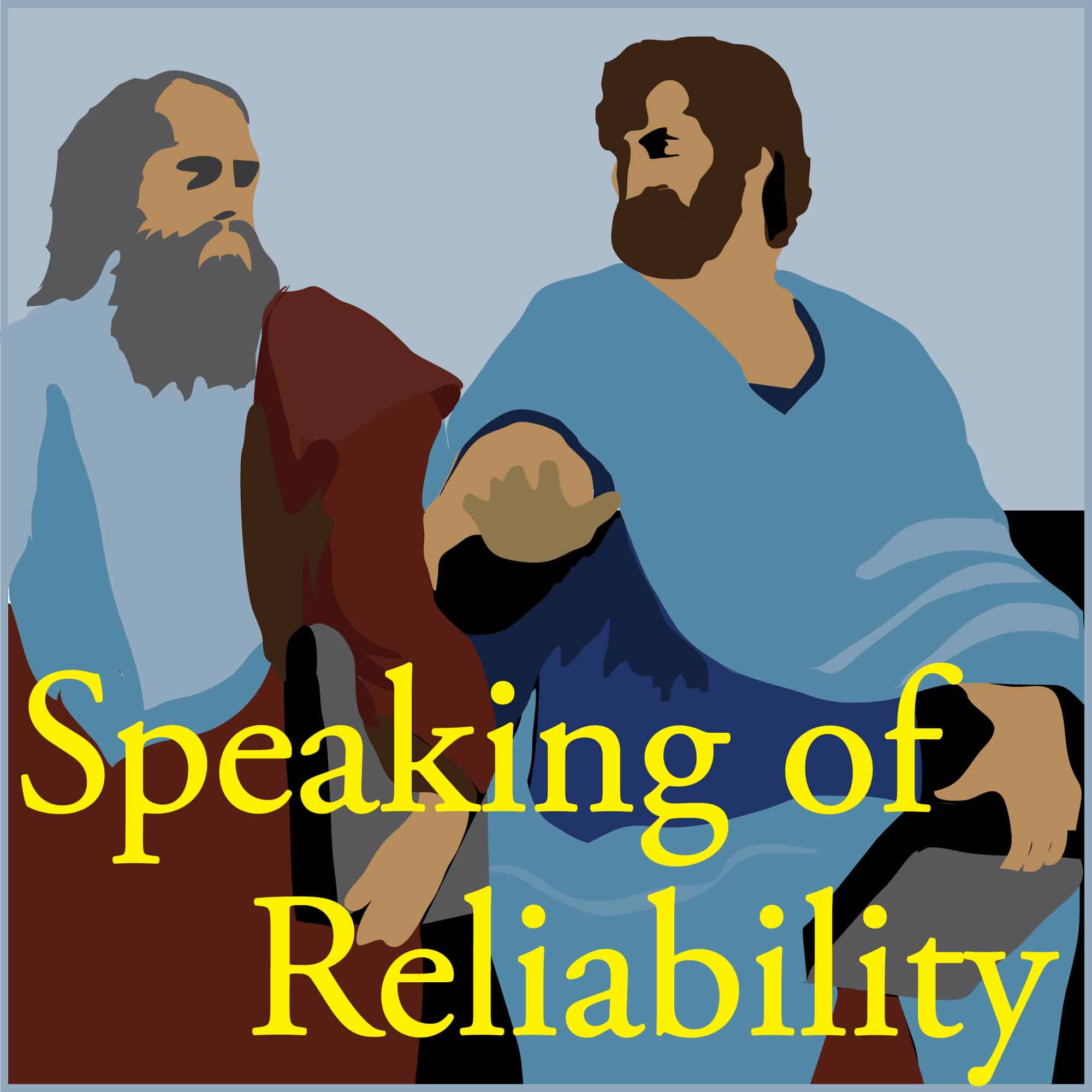

Speaking Of Reliability: Friends Discussing Reliability Engineering Topics | Warranty | Plant Maintenance
Reliability.FM: Accendo Reliability, focused on improving your reliability program and career
Gain the experience of your peers to accelerate improvement of your program and career. Improve your product development process, reliability or warranty performance; or your plant uptime or asset performance. Learn about reliability and maintenance engineering practical approaches, skills, and techniques. Join the conversation today.
Episodes
Mentioned books

Jun 20, 2025 • 0sec
SOR 1080 Bearing Failure and Analysis
Bearing Failure and Analysis Abstract Chris and Fred discuss how bearings fail. Bearings are among the most common components used in products and systems. So, how do they go wrong? Key Points Join Chris and Fred as they discuss how bearings fail, in response to a question from one of our listeners whose organization has […]

Jun 16, 2025 • 0sec
SOR 1079 Decisions and Metrics
Discover the pitfalls of relying on misleading metrics like Mean Time Between Failures and the importance of accurate data. Explore the roles of Key Performance Indicators (KPIs) and Objectives and Key Results (OKRs) in achieving organizational goals. Learn how engineers face challenges in communicating reliability metrics and how materiality shapes decision-making. Plus, delve into the relationship between risk management and corporate decisions, especially regarding safety issues and warranty monitoring.

Jun 13, 2025 • 0sec
SOR 1078 Communicating Complex Topics
Enrico and Fred tackle the challenges engineers face in communicating complex topics. They share tips on translating complicated data into actionable insights, making statistics more relatable. Visual communication is also highlighted, showcasing how examples and visuals can enhance understanding. The duo stresses the importance of knowing your audience, especially when presenting to management. Additionally, they explore the often-overlooked role of effective technical communication in engineering success.

Jun 9, 2025 • 0sec
SOR 1077 Loss of Expertise
Discover the pitfalls of outsourcing in engineering and its impact on design integrity. Learn about the critical importance of selecting the right components, especially in GPU systems, where the quality of cables can make or break performance. Dive into the decline of specialized engineering roles and how prioritizing efficiency might sacrifice expertise. Explore systemic challenges in engineering and the need for strategic supplier relationships. The discussion highlights key lessons learned and encourages sharing of experiences to enhance organizational reliability.

Jun 6, 2025 • 0sec
SOR 1076 Research Options
Kirk and Fred dive into modern research methods, discussing tools like Google Scholar and AI like ChatGPT. They emphasize the importance of verifying information, as AI can sometimes generate inaccuracies. The conversation shifts to the challenges posed by NDAs, limiting the discussion of failure causes in reliability engineering. They highlight the value of consulting colleagues and industry experts for deeper insights, alongside the evolution from traditional research methods to today's digital resources. A fascinating blend of technology and expert dialogue awaits!

Jun 2, 2025 • 0sec
SOR 1075 Vendors and Reliability
Vendors and Reliability Abstract Kirk and Fred discuss the value or risks of sending failed components to the vendor for failure analysis. Key Points Join Kirk and Fred as they discuss the best way to get accurate failure analysis (FA) of a failed component. Topics include: Component suppliers for high volume devices are typically not […]

May 30, 2025 • 0sec
SOR 1074 Mastering AI and Career
Greg and Fred dive into how AI is reshaping careers and the engineering landscape. They explore the vanishing concept of 'paying dues' in the industry and why asking the right questions matters more than the technology itself. The discussion highlights the challenges of trusting autonomous agents and the importance of foundational knowledge for effective AI application. They also tackle the intricacies of engineering governance through a real-life construction case, emphasizing the need for ethical safeguards in AI-driven decision-making.

May 26, 2025 • 0sec
SOR 1073 Reliability Engineering Books
Dive into the world of reliability engineering literature as Chris and Fred discuss how to effectively rank these books based on their practical usefulness. They critique the flaws in Google and Amazon rankings, revealing how oversimplified texts can mislead readers. Discover the gaps in prominent resources like Fault Tree Analysis textbooks that focus on algorithms but overlook real-world applications. The conversation also touches on the value of conferences and actionable insights, urging a problem-centric approach to reading in the field.

May 23, 2025 • 0sec
SOR 1072 Psychology and Reliability
Join Chris and Fred as they unpack the fascinating interplay between psychology and reliability engineering. They dive into the challenges faced in the nuclear industry, emphasizing how psychological factors, rather than engineering flaws, often lead to catastrophic failures. The discussion highlights our struggle with rare events, revealing that humans tend to prioritize immediate gratification over long-term safety. From examining human error in high-stakes jobs to exploring the influence of instrument design on pilot performance, this conversation offers a thought-provoking lens on reliability.

May 19, 2025 • 0sec
SOR 1071 Better Risk Management
Greg and Fred dive into the intriguing world of risk management tools, specifically color-coded risk matrices. They highlight the benefits and drawbacks of these matrices, discussing their subjective nature and potential misinterpretations. The conversation touches on how individual perspectives shape risk assessment and the evolving landscape of AI's impact on decision-making. Listeners will learn about the importance of effective tools in prioritizing risks and the role of skilled facilitation in enhancing group decisions.


